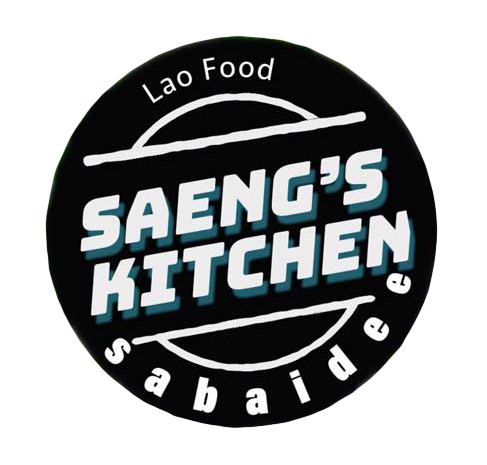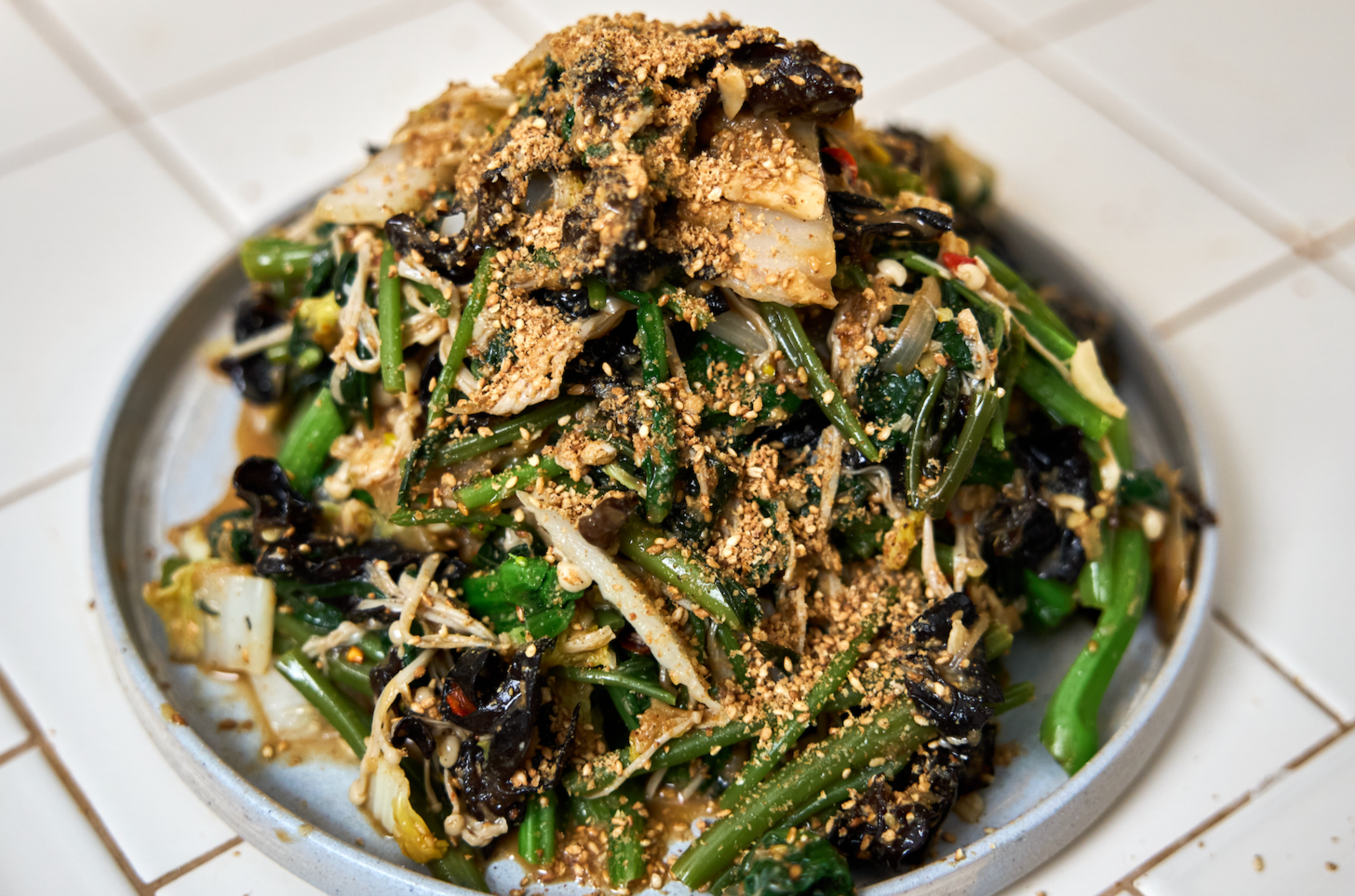Lao Sticky Rice (Traditional Method)
What is Khao Niew | Lao Sticky Rice?
I call this Lao sticky rice or Laotian sticky rice because it is central to Lao culture, festivities, and cuisine compared to regular rice or jasmine rice that Laos' neighboring countries enjoy frequently. Also known as sweet rice or glutinous rice, it is a staple in most Lao meals, earning the Lao people the nickname “luuk khao niew,” meaning "children of sticky rice." This rice is starchier and has a bouncier, heavier texture compared to long grain rice. Laos has the highest per capita consumption of sticky rice in the world and boasts over 3,200 diverse varieties.
Why is Khao Niew | Lao Sticky Rice important in Laos?
Lao sticky rice is the heart and soul of Laos, with many festivities revolving around the rice growing season. This grain fosters community as its labor-intensive cultivation requires families in a village to work together year-round to achieve an abundant harvest. This collective effort has ingrained a sense of collectivism in Lao culture. Sticky rice also holds significant importance in religious ceremonies like the baci sukwon. During this ceremony, sweet sticky rice parcels steamed with bananas are often included, held in hand as the white ceremonial strings are tied.
What rice should be used?
A common mistake when searching for the correct rice is mixing up various types of rice grains. Some brands labeled "sweet rice" are not actually sticky rice. Visually, sticky rice has a solid white color, while jasmine rice appears more opaque and transparent. There are several different sticky rice brands, with both short and long grain varieties. I recommend buying small quantities of different brands to find the one you prefer. The most common brand that’s in my pantry is “Three Ladies Brand”.
How to soak sticky rice
Although this step may seem simple, there are a few important tips to ensure your sticky rice turns out perfectly. First, the rice is always covered in starch that needs to be rinsed off at least three times until the water runs clear. You can use the starchy water to water your garden, as it provides nutritious benefits to your plants. If possible, soak the sticky rice in a bowl overnight to allow it to absorb enough water, ensuring it will be moist and bouncy once cooked. Finally, drain the water completely and place the soaked rice in your steamer. Now it’s ready to be cooked.
What sets the rice apart when it's cooked?
When sticky rice is cooked correctly, it should be soft, bouncy, and easy to handle without sticking to your hands, as it is traditionally eaten this way. The rice is heavier and more caloric, making it tastier and more filling than other types of rice, often making it hard to stop eating. The grains should remain whole and unbroken. If the rice is mushy, it indicates it was overcooked.
What’s the best way to cook Lao sticky rice?
The best way to cook sticky rice is the traditional method, which consistently yields perfect results using the triangular bamboo basket. While traditional equipment may be hard to find, a large bamboo steamer basket, like those used for dim sum, can be used as a substitute. I have created a Lao Sticky Rice Guide with detailed instructions and recipes for five different cooking methods, so you can choose the one that works best in your kitchen. You can get a free copy of the guide by signing up for my newsletter.
Does Lao sticky rice have gluten in it?
One common misconception about Lao sticky rice is due to its occasional labeling as "glutinous sticky rice." The term "glutinous" refers to the rice's stickiness, not to the presence of gluten. Therefore, if you are on a gluten-free diet or have Celiac disease, you can safely eat this type of rice without concern.
Popular Lao dishes that pair well with sticky rice
Sticky rice is a fundamental starch in Lao cuisine and pairs well with many dishes. Some popular Lao dishes that complement sticky rice include thum mak hoong (Lao papaya salad), ping gai (Lao grilled chicken), and the numerous jeows (Lao dipping sauces), with jeowbong being a favorite. If you have leftover sticky rice, you can transform it into khao jee, a Lao sticky rice pancake.
Why sticky rice is in Thailand
Often, people forget that a large part of Northeastern Thailand, known as Isaan, used to be part of Laos. As a result, many Lao food traditions remain in that region. When the French ceded this area to Thailand, a process of Thaification occurred, where people were encouraged to call everything Thai and discouraged from mentioning their Laotian heritage, leading to the creation of the term "Isaan." Historically, eating sticky rice or using padaek (unfiltered fish sauce) was looked down upon as inferior. However, there has been a recent shift toward acknowledging Isaan food without referencing its Lao origins.
Tips & Tricks in making the best Khao Niew | Lao Sticky Rice
Here are some extra steps and suggestions to make your perfect Lao sticky rice:
Be careful not to oversteam your sticky rice, as it can become too soggy to eat with your hands.
Leftover sticky rice can be left out overnight and then resteamed the next day. Break up the rice clumps and steam for about 5 minutes.
For the best results, let the rice sit for a few hours or overnight before steaming. This allows the grains to slowly absorb the water.
Watch the video tutorial

Lao Sticky Rice (Traditional Method)
Ingredients
Instructions
- Rinse the rice with room temperature water about 3 time until the water runs clear.
- Add enough room temperature water to cover the rice, ensuring the water level is at least two inches above the rice. Soak the rice in this water for at least 12 hours overnight.
- In a traditional sticky rice steamer, add enough water to fill the pot to at least 5 inches from the bottom. Bring the water to a boil, then place the bamboo steamer on top of the pot with the rice and steam for 15 minutes with a lid.
- Flip the rice over and steam for another 15 minutes until rice becomes translucent.
- Place the rice on a flat surface and tumble around to release the heat and then place in a container.
Recent Recipes













Sabaidee, I’m Saeng!
I’m a personal chef who specializes in Lao food. Here at Saeng’s Kitchen, you’ll find all your favorite traditional Lao foods and also some new twists to Lao style dishes.